Special Report
Before Alexa and Siri: A Look Back at a Century of Robotic Advancements

Published:

We live in a world where robots and robotic technology have become part of our everyday lives. While films such as “Metropolis” and television series like “The Twilight Zone” warned of a world in which our mechanical creations would enslave us, many of us could not envision a day without virtual personal assistants like Siri or the floor-cleaning robotic vacuum Roomba.
Robots today can reason, feel emotions, make restaurant recommendations, grasp objects, perform all the tasks of a human butler, and even do ballroom dancing.
It was just over 100 years ago that we first heard the term robot. 24/7 Tempo has compiled a list of how technology — and our lives — have changed over 100 years of robots. We reviewed information from NASA, Wired, and other tech publications to find examples of the most popular, important, ground-breaking, and innovative robotic inventions over the past century.
The term robot comes from a 1921 play written by Czech playwright Karel Čapek and the word is derived from the Czech word “robota,” or forced labor, as done by serfs. Early representations of these mechanical beings depicted them as emotionless automatons created to serve humanity.
It wasn’t until the 1939 New York World’s Fair that Westinghouse built a robot with a personality, who could tell jokes and smoke. Japanese inventors created the first robots that served as toys in the 1940s. They were wind-up toys at first and then became battery-operated, creating lucrative possibilities for toy makers.
The first autonomous robots — who mimicked people and were able to avoid obstacles — arrived in the late 1940s.
Industry began employing industrial robots in the 1950s as General Motors put them to work on assembly lines, using their hydraulic arms to do repeated tasks and perform jobs considered dangerous to humans.
Robots have become an indispensable feature of space exploration. Apollo 15 was the first NASA mission to use a lunar rover in 1971. These are 30 NASA inventions we still use everyday.
Biped robots like P2 debuted in 1996. Such robots are able to walk stairs and push carts. Kismet, created at the Massachusetts Institute of Technology, is one of the first robots to perceive emotions and understand social cues.
Humans still fear robots will replace them in every endeavor and make people obsolete, particularly in the workplace. But those concerns have diminished as robots have played key roles in oceanic and space exploration, boosted productivity in industry, and helped us perform daily tasks.
1. R.U.R.
> Year: 1921
> Made by: Karel Čapek
R.U.R. refers to the play “Rossum’s Universal Robots,” written by Czech playwright Karel Čapek. The word robot comes from the Czech word “robota,” or forced labor, and is derived from the Slavic root word “rab,” meaning slave.
[in-text-ad]
2. Eric
> Year: 1928
> Made by: William H. Richards and A.H. Reffell
One of the world’s first actual robots, Eric was created as a stand-in for Queen Elizabeth’s father, the Duke of York. The royal was supposed to officially open the Royal Horticultural Halls, but one of the robot’s makers, William H. Richards, thought that a show he considered to be mechanical should be opened by a mechanical man.
3. Gakutensoku
> Year: 1929
> Made by: Makoto Nishimura
Gakutensoku was a robot created in Japan as part of an exhibit to mark the ascension of the emperor. The robot was powered by air pressure, stood 7 feet 8 inches, and could render characters with a pen.
4. Teletank
> Year: 1930
> Made by: USSR
Teletanks were remotely controlled unmanned tanks made in the Soviet Union in the 1930s, created to lower casualties among Soviet soldiers. They were first deployed during the Winter War between the Soviet Union and Finland.
[in-text-ad-2]
5. Elektro
> Year: 1939
> Made by: Westinghouse
Westinghouse built Elektro in the late 1930s, and the robot was a hit at the 1939 World’s Fair in New York. The robot was 7 feet tall and could walk by voice command via headset. Elektro told jokes and smoked.
6. Lilliput
> Year: mid 1940s
> Made by: Schylling
Lilliput, the first toy robot, was made in Japan, probably in the 1940s. The first of these robots were wind-up toys, and after the war, they became battery-operated. They were made of tin and marketed as Atomic Robot Man. The toy was a promotional gift at the 1950 New York Sci-Fi Convention.
[in-text-ad]
7. Elmer and Elsie
> Year: 1948
> Made by: W. Grey Walter
Elmer and Elsie, the brainchildren of W. Grey Walter, were the first autonomous robots. They mimicked human behavior and were advanced enough to move things out of their way. When they were running low on electricity, they knew to go to a charging station.
8. George
> Year: 1949
> Made by: Tony Sale
Englishman Tony Sale created George out of scrap metal recovered from a crashed World War II-era bomber when he was 19 years old. At the time, Sale was stationed at a Royal Air Force base and was teaching pilots how to use radar. Sale’s creation was part of the RAF’s effort to get officers to build demonstration kits.
9. Unimate
> Year: 1956
> Made by: General Motors
Unimate, the first industrial robot, was employed by General Motors. It used a hydraulic arm to do repeated tasks and assembled cars. The robot was created by George Devol to perform tasks considered harmful to humans. It was first installed at a diecasting assembly line in Ewing Township, New Jersey, in 1959. The robot appeared on “The Tonight Show” in 1966.
[in-text-ad-2]
10. Ladybug
> Year: 1957
> Made by: University of Szeged
Ladybug is one of the first animal-like robots. It was built by Daniel Muszka and Laszlo Kalmar of the University of Szeged in Hungary in 1957. Muszka created the robot to mimic conditional reflexes in a machine.

11. Beast
> Year: 1960
> Made by: Johns Hopkins University Applied Physics Lab
Powered by many transistors, the Beast plied the hallways of Johns Hopkins University in the 1960s. When its battery started to run low, the Beast could regenerate itself using a recharging arm, finding outlets with a photocell optics.
[in-text-ad]
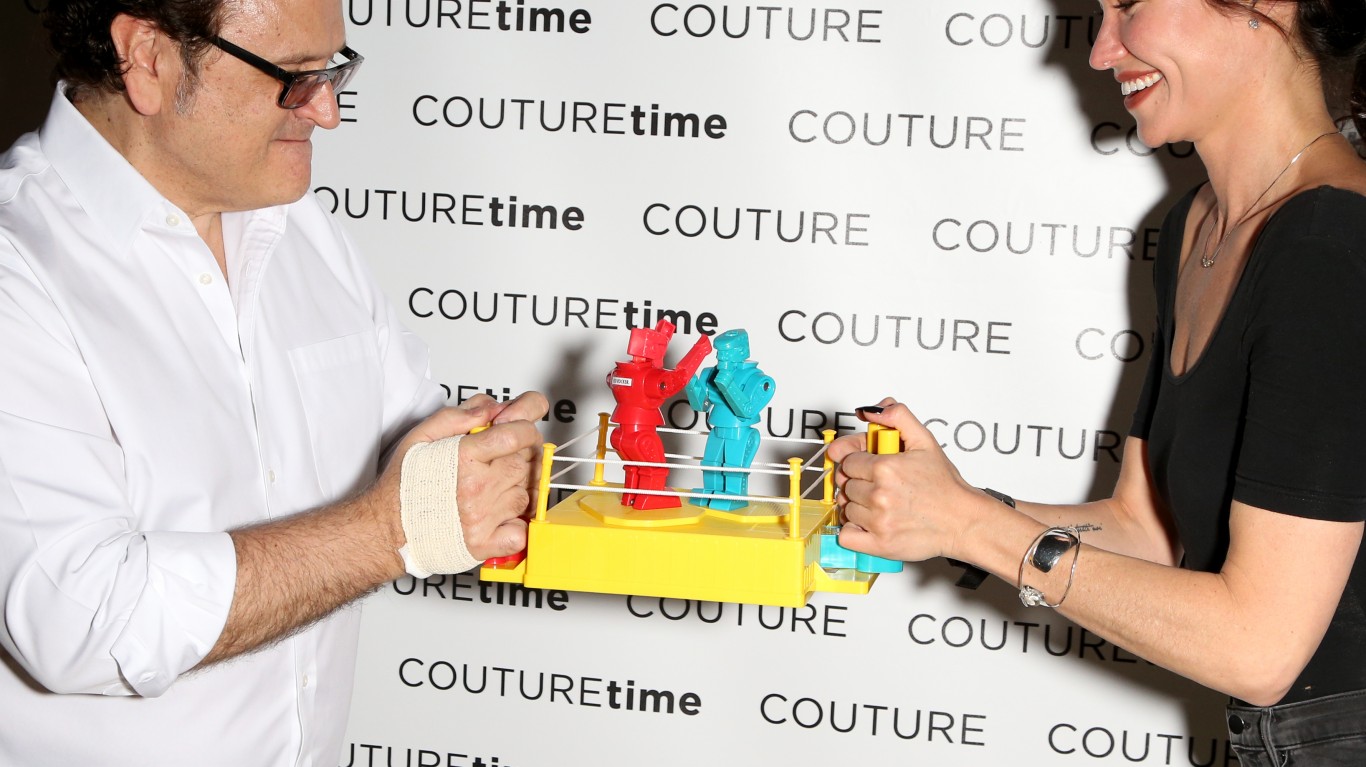
12. Rock ’em Sock ’em Robots
> Year: 1966
> Made by: Mattel
A must-have for kids growing up in the 1960s, this toy pitted two robots in a boxing ring. If one robot was skilled enough to land a sock to the jaw, the head of the opponent would spring upward, ending the match. It was introduced in 1964 by Mattel and is still popular.
13. Apollo 15 Lunar Rover
> Year: 1971
> Made by: NASA
Apollo 15 was the first NASA mission to employ a lunar rover in 1971. Astronauts David Scott and James Irwin assembled the 460-pound vehicle and drove it almost 17 miles while conducting experiments on the moon. They left the rover on the moon, one of three rovers still on the moon.
14. Shakey
> Year: 1972
> Made by: SRI International
The product of the Artificial Intelligence Center at SRI International, Shakey advanced the possibilities of robotics through its ability to reason. It could find routes and re-arrange objects. A Life magazine article called Shakey “the first electronic person.” The robot joined the Carnegie Mellon Robot Hall of Fame in 2004. It can be seen at the Computer History Museum in Mountain View, California.
[in-text-ad-2]
15. Freddy II
> Year: 1973
> Made by: University of Edinburgh
Freddy II was a robot used for hand/eye coordination research in the 1970s at the Department of Machine Intelligence and Perception (later the Department of Artificial Intelligence) at the University of Edinburgh. Its robot arms were equipped with grippers affixed to an overhead gantry.
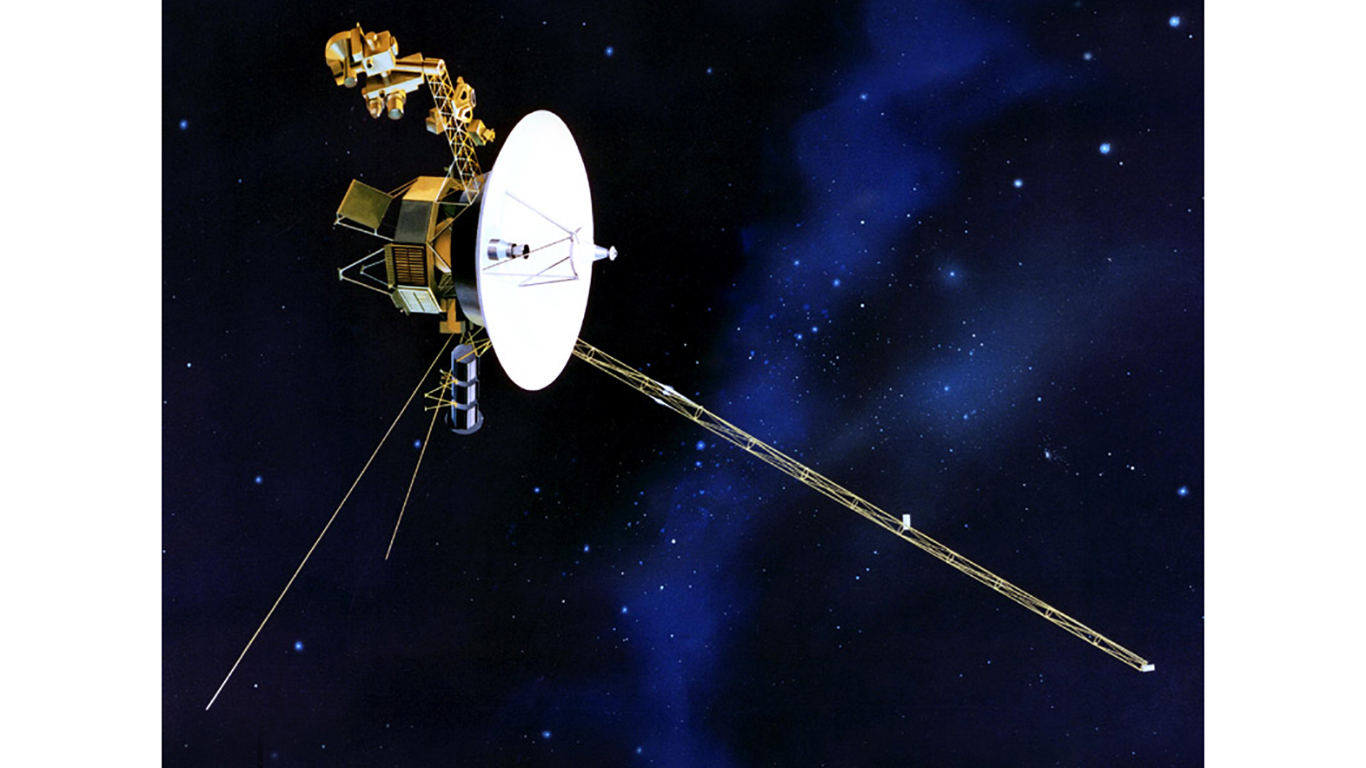
16. Voyager 1
> Year: 1977
> Made by: NASA
The NASA robot Voyager I became the first human-made object to measure interstellar space on Aug. 25, 2012, when it crossed beyond the heliosphere. Voyager 1 continues to provide insights of the space frontier, measuring the density of material in interstellar space.
[in-text-ad]
17. 2-XL
> Year: 1978
> Made by: Tiger Electronics
Mego produced the first talking robot toy in 1978. 2-XL’s educational programs on various subjects were recorded on eight-track tapes. The toy asked and answered children’s questions. After Mego filed for bankruptcy and ceased operations, Tiger reintroduced the toy in 1992.
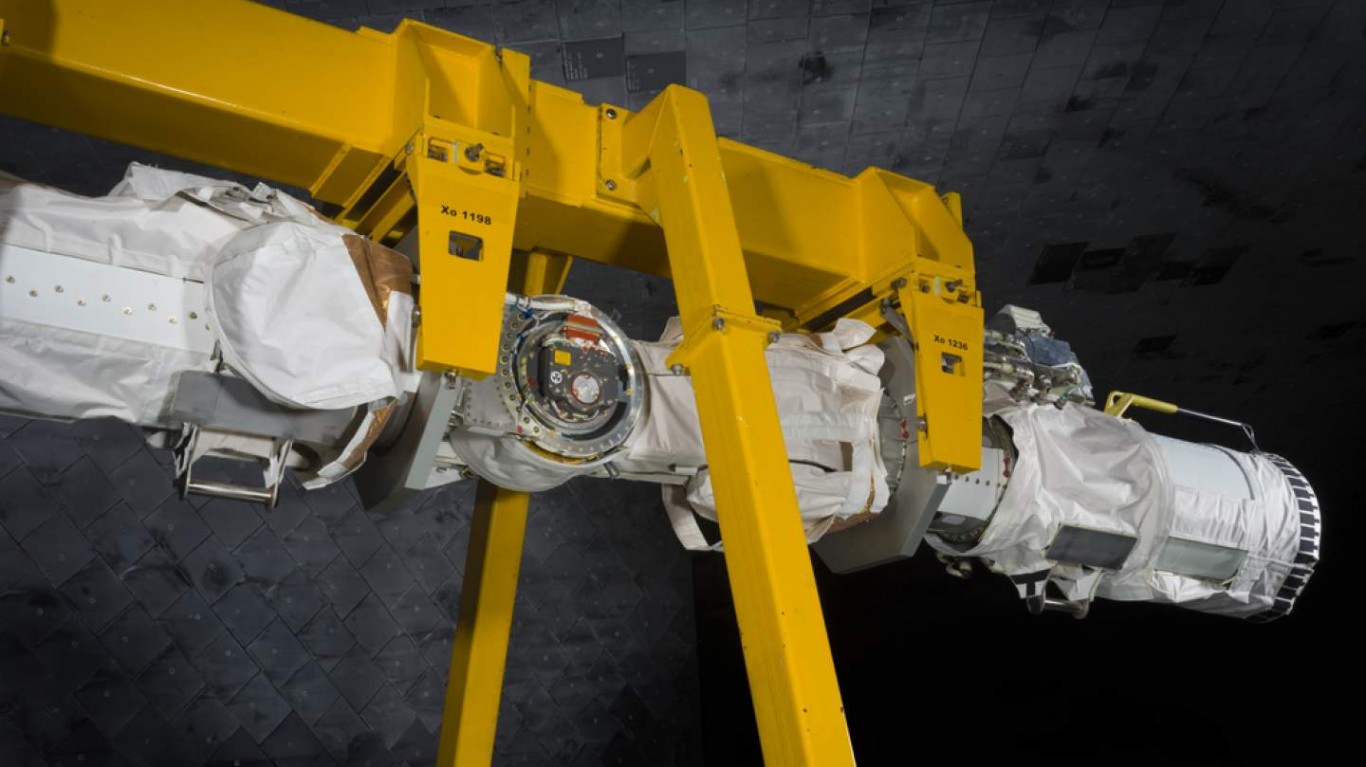
18. Canadarm
> Year: 1981
> Made by: Canadian Space Agency
The Canadarm was a mechanical arm that was remotely controlled. It was made of titanium and stainless steel. Developed in Canada, it was about 20 feet long with a wrist, elbow and shoulder. The Canadarm fixed satellites and moved cargo. It served NASA’s Space Shuttle program for 30 years and was retired in 2011.
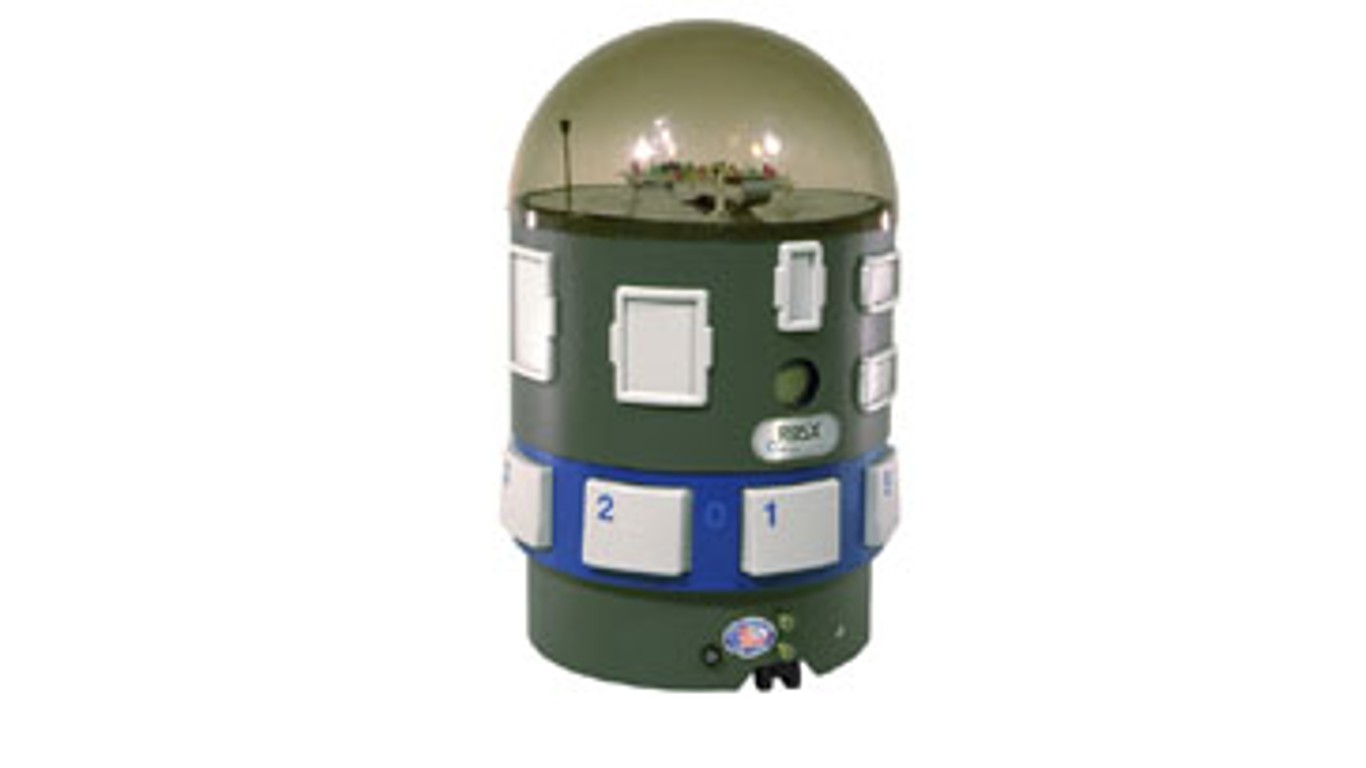
19. RB5X
> Year: 1985
> Made by: RB Robot Corporation
RBX5 was the first mass-produced home robot kit. When assembled, the robot weighed 24 pounds and could travel at 4 inches per second. The robot could be programmed to speak, travel about a room using a sonar system, and fetch small objects.
[in-text-ad-2]

20. Robosaurus
> Year: 1989
> Made by: Doug Malewicki
The transforming dinosaur robot Robosaurus is modeled on the Transformer toy series. The driver of the robot sits in the creation’s head and Robosaurus can transform into a 48-foot semi trailer from a Tyrannosaurus Rex. The 30-ton Robosaurus cost $2.2 million and took two years to build.

21. Predator Drone
> Year: 1994
> Made by: U.S. Military
The Predator Drone is a medium-altitude, unmanned aircraft that has been used for surveillance and is armed with missiles. Its use has been considered controversial, particularly in the war on terror when it has attacked and killed civilians. A forerunner of the Predator was first deployed in the Balkans in 1993.
[in-text-ad]
22. Push the Talking Trash Can
> Year: 1995
> Made by: Walt Disney Company
Push the Talking Trash Can is a radio-operated robot that’s been spotted at Disney theme parks and properties in the U.S., Japan, and Europe. Push is operated by Disney cast members who provide the voice for the robot.
23. ABE
> Year: 1995
> Made by: Woods Hole Oceanographic Institution
ABE, which stands for autonomous benthic explorer, is a robot that probes the oceans. The robot can plunge to a depth of 15,000 feet, map the ocean’s floor, and gather water samples. It was developed at the storied Woods Hole Oceanographic Institution in Falmouth, Massachusetts.
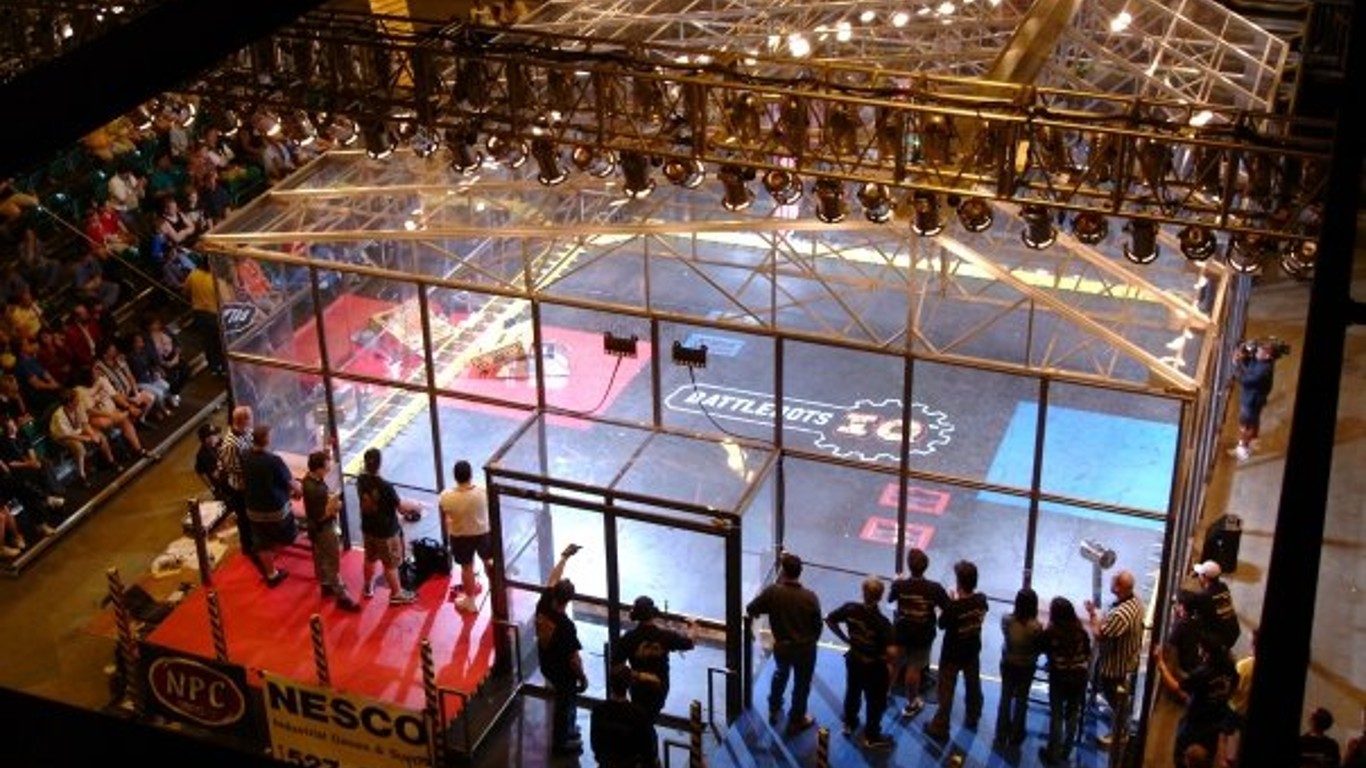
24. BioHazard
> Year: 1996
> Made by: Carlo Bertocchini
BioHazard is a so-called Battlebot competing in the category of combat robotics. Its main weapon is its lifting arm. The low-slung robot competed in seven Battlebots competitions in the heavyweight division from 1999 to 2002 and won four of them.
[in-text-ad-2]
25. P2
> Year: 1996
> Made by: Honda
P2 is a biped robot whose prototype stood 6 feet tall and weighed 462 pounds. It debuted in 1996 and could walk stairs and push carts. It could walk at about 1 mph. Honda, which made the robot, touted it as “the first self-regulating, two-legged humanoid walking robot.”
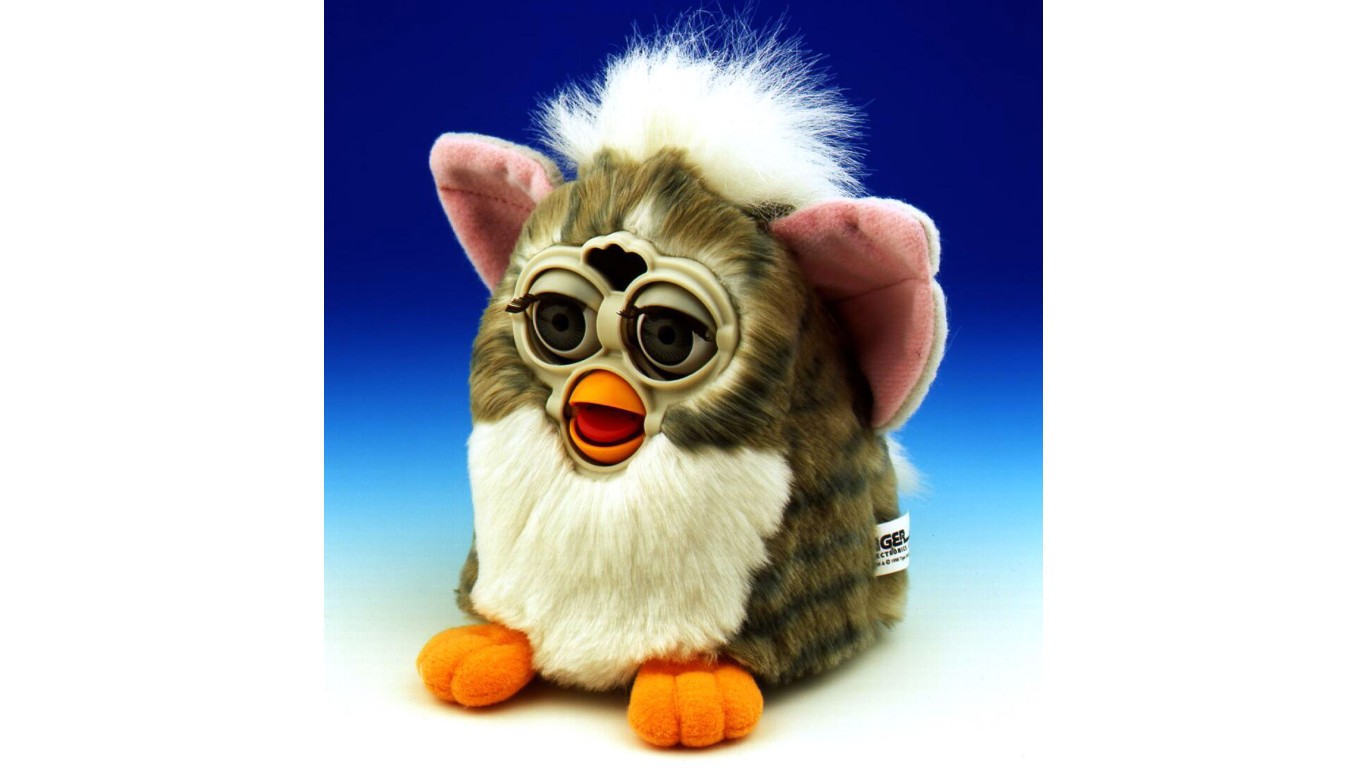
26. Furby
> Year: 1998
> Made by: Tiger Electronics
Furby, a talking computer shaped like a furry hamster or an owl, took the country by storm in 1998 and became the hot toy during the holiday season. Furbies contain sensors enabling people to interact with them. Furbies started communicating in their own language but learned other languages the longer people interacted with them. About 27 million Furbies were sold over 12 months after their initial launch.
[in-text-ad]

27. Kismet
> Year: 1998
> Made by: MIT
Kismet, created at the Massachusetts Institute of Technology, was among the first robots to perceive emotions and understand social cues. The 15-inch tall robot had huge eyes and spoke in a baby voice.
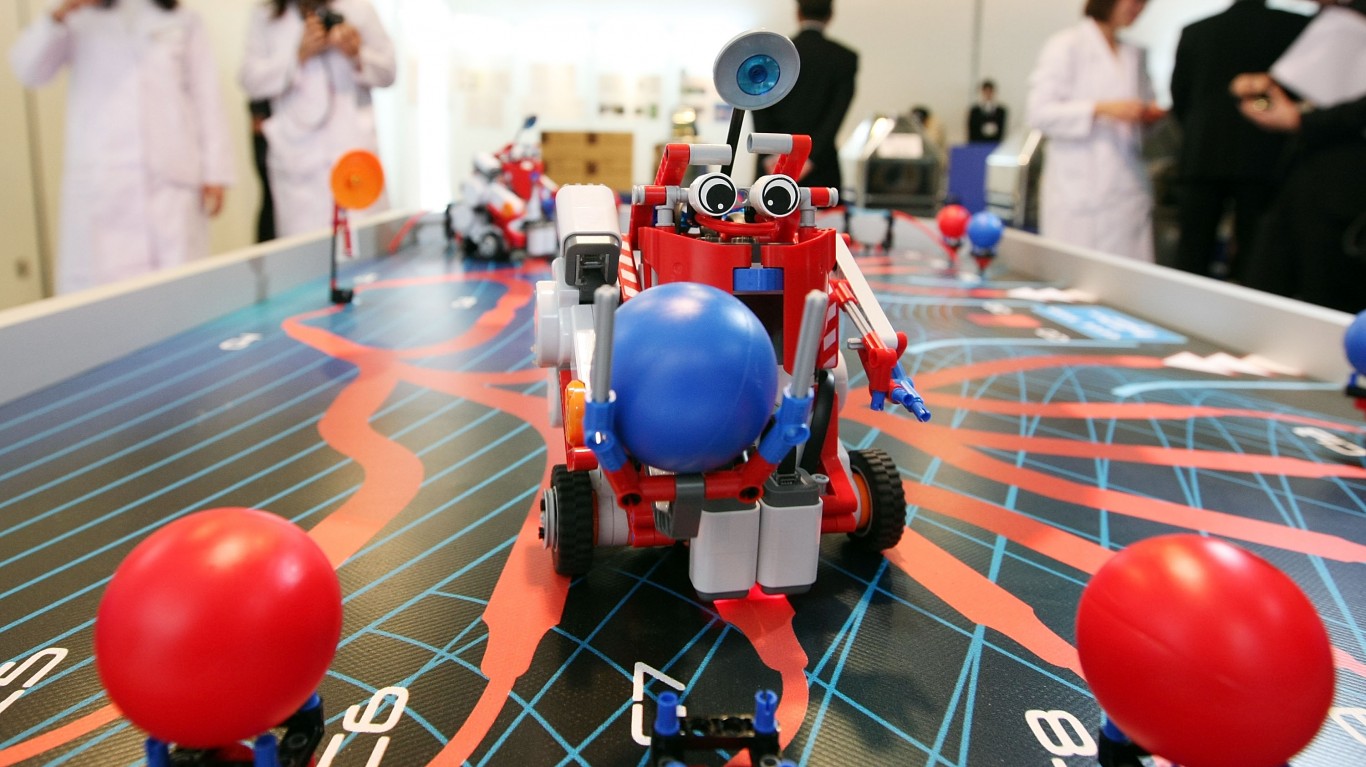
28. Mindstorms
> Year: 1998
> Made by: Lego
Mindstorms are programmable Lego kits that are education tools. They were developed by Lego CEO Kjeld Kristiansen, who was fascinated by the opportunity for children to build and program their own creations.

29. Aibo
> Year: 1999
> Made by: Sony
Sony created the robot dog Aibo (Artificial Intelligence roBOt), which means companion or friend in Japanese. Aibo is able to mature from a puppy to an adult and is influenced by its surroundings and interactions with its owners. Started as a research project, the toy hit the market in May 1999, and about 2,000 were sold in the U.S. in four days.
[in-text-ad-2]
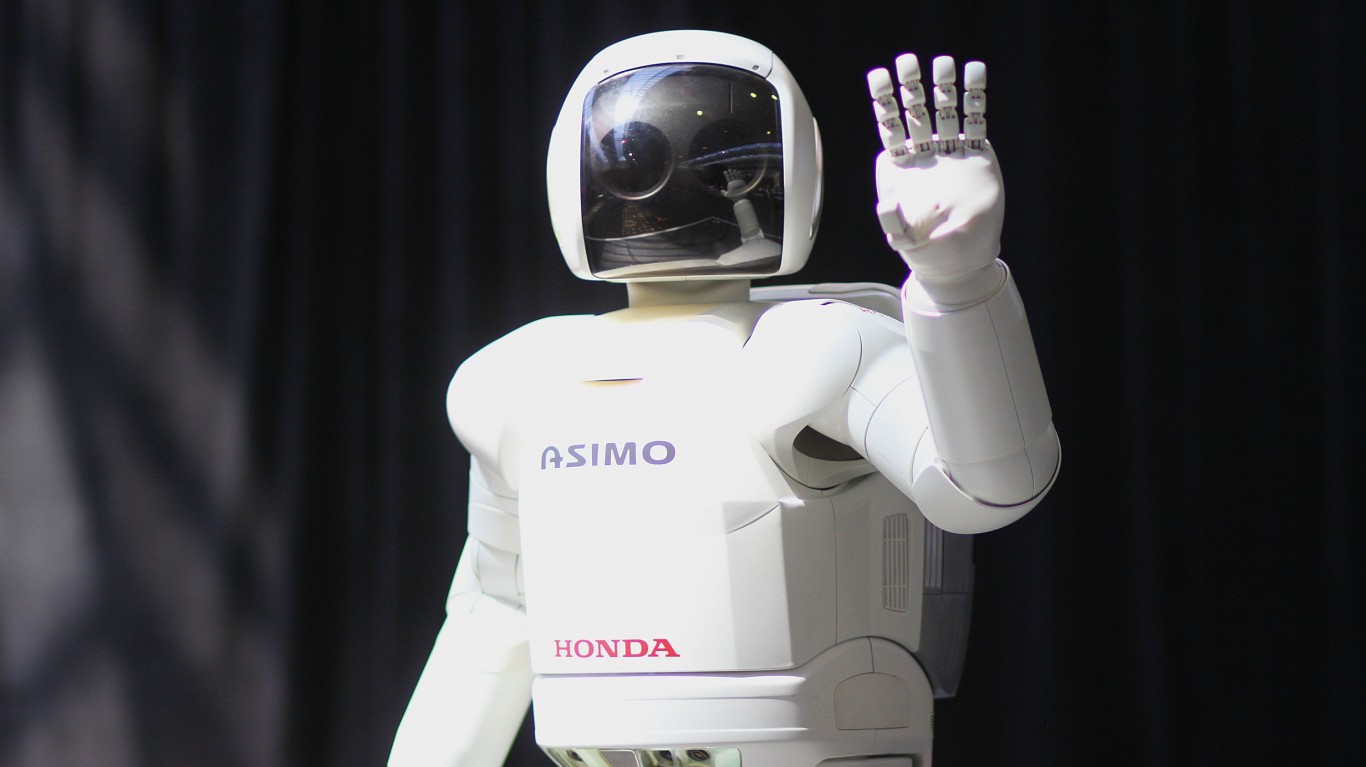
30. Asimo
> Year: 2000
> Made by: Honda
Asimo, an acronym for Advanced Step in Innovative Mobility, is a humanoid robot made by Honda and created to assist people. The robot can also communicate using sign language. Asimo rang the bell to open trading on the New York Stock Exchange in 2002.

31. Poo-Chi
> Year: 2000
> Made by: Tiger Toys
Poo-Chi is a robot pet dog, designed by Samuel James Lloyd. It made its market debut on April 1, 2000, and retailed for $24.99 in the U.S. through Hasbro’s Tiger Toys division. Poo-Chi had a gray body and it could bark or growl in pre-recorded sounds. More than 10 million Poo-Chis were sold over an eight-month period.
[in-text-ad]
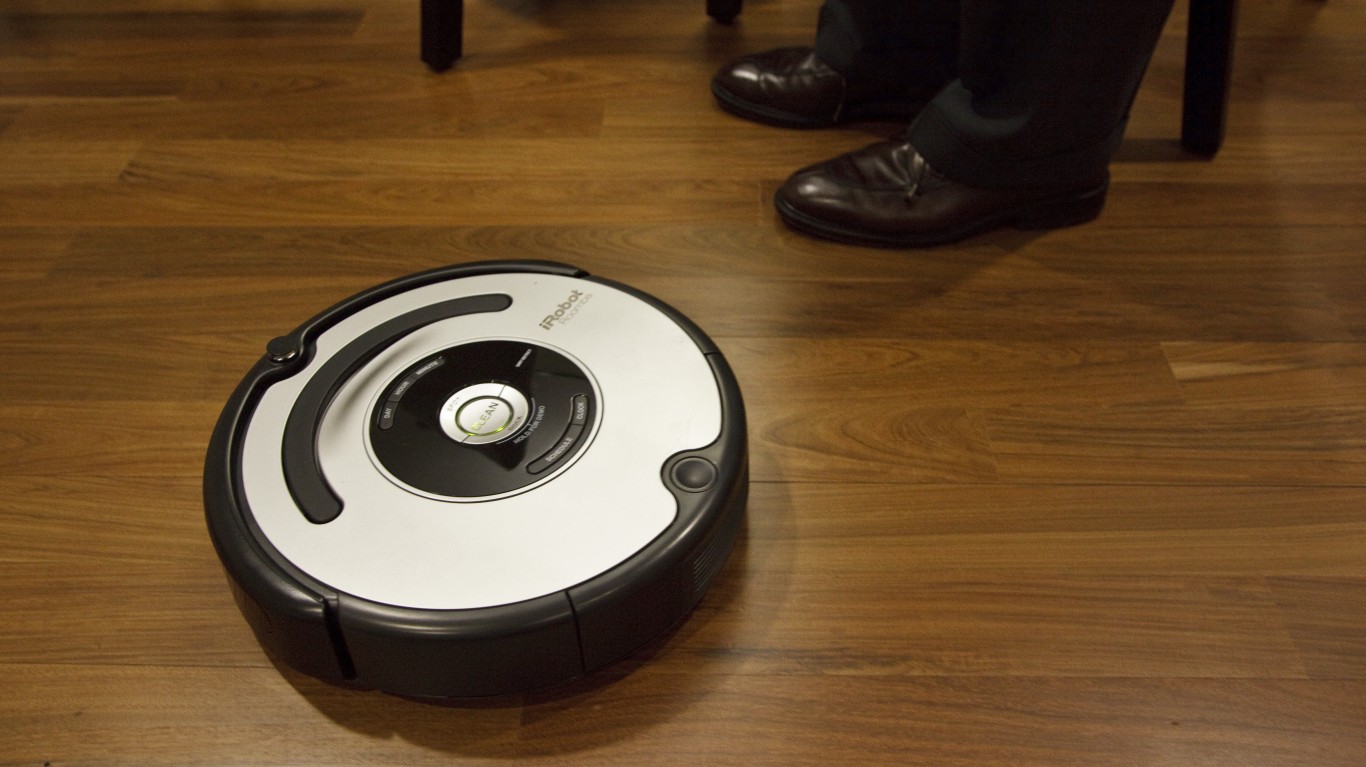
32. Roomba
> Year: 2002
> Made by: iRobot
Don’t want to vacuum? Let Roomba do the job. IRobot launched the floor-cleaning robotic vacuum in 2002. Subsequent versions have visual navigation, cloud-connected apps, improved cleaning power for carpets, and automatic dirt disposal.
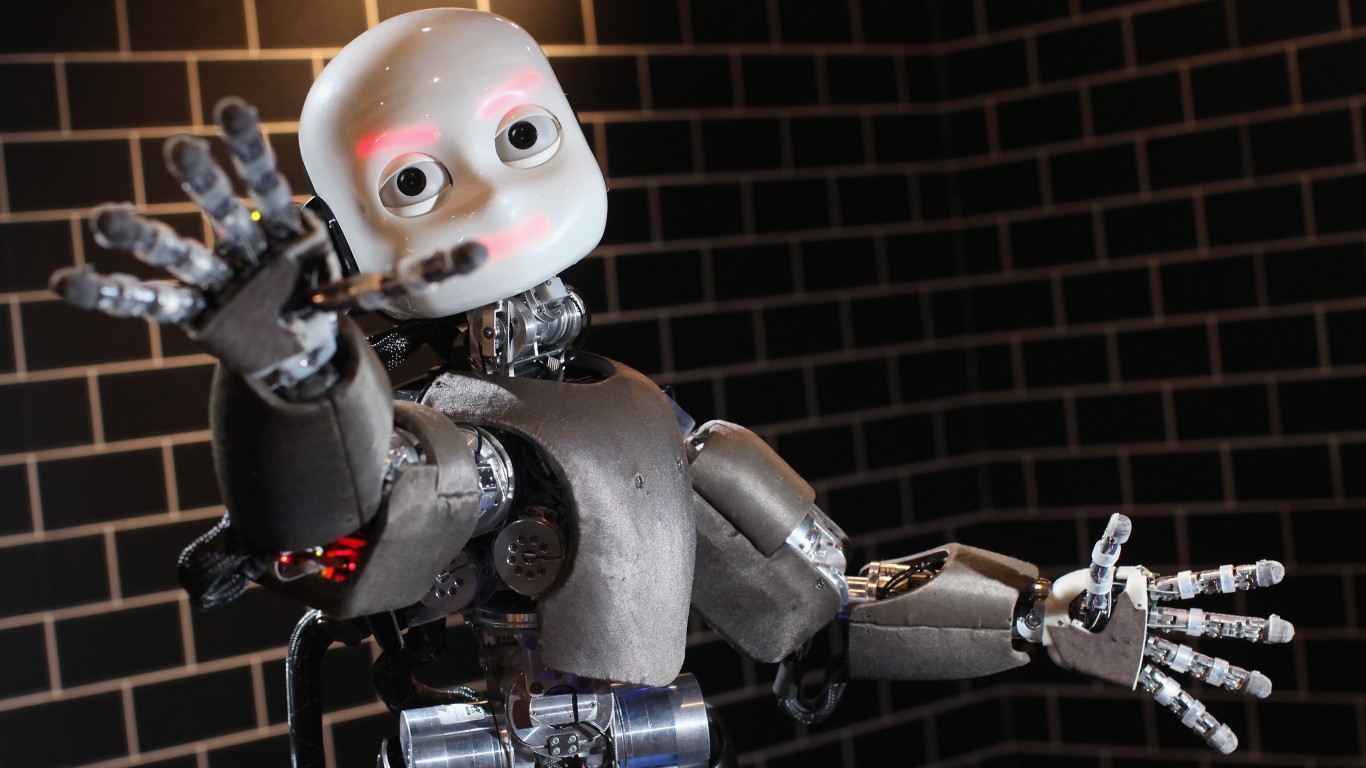
33. iCub
> Year: 2004
> Made by: Italian Institute of Technology
ICub is a humanoid robot about the size of a child that can grasp objects, crawl, and interact with humans. It was originally created as an open-source platform to support the study of artificial intelligence.
34. Partner Ballroom Dancing Robots
> Year: 2005
> Made by: Kazuhiro Kosuge, Tohoku University
Fred Astaire and Ginger Rogers might have done a double-take if they saw Partner Ballroom Dancing Robots. The ballroom dancing androids, dance dresses and all, can anticipate movements of a partner, allowing them to follow a dancer’s lead. We don’t know if they can dance cheek to cheek.
[in-text-ad-2]
35. BigDog
> Year: 2005
> Made by: Boston Dynamics
Developed for the military, the high-stepping BigDog emerged from Boston Dynamics in 2005. A video shows it traversing rough terrain and snow banks, fending off a shove from a human, and recovering from slipping on ice. BigDog is powered by an engine that drives a hydraulic actuation system. It can travel up to 4 mph.
36. Geoff Peterson
> Year: 2010
> Made by: Grant Imahara
Geoff Peterson was the animatronic humanoid sidekick of Craig Ferguson on the latter’s late-night talk show. The metal mohawked robot was designed and built by Grant Imahara of MythBusters fame.
[in-text-ad]
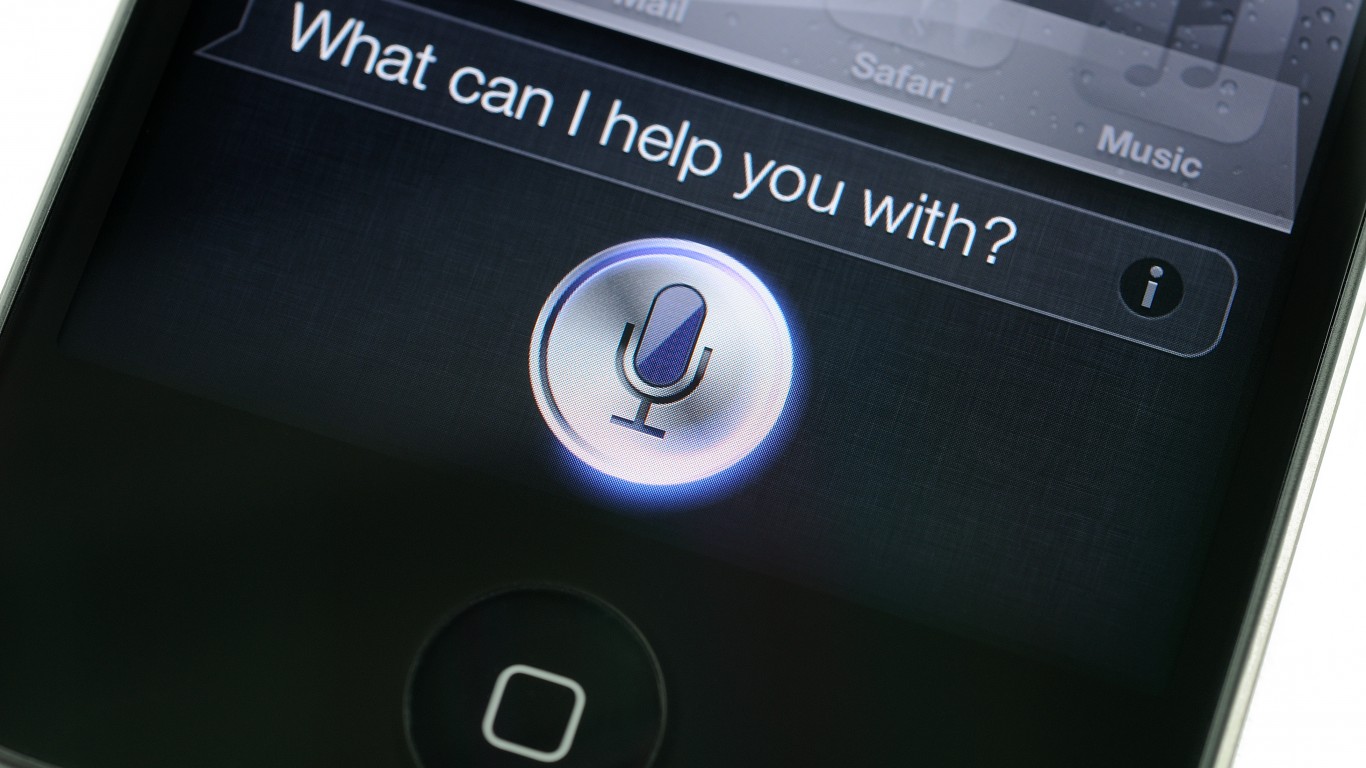
37. Siri
> Year: 2011
> Made by: Apple
Siri was the world’s first virtual personal assistant and developed by SRI. That company spun off Siri Inc. in 2007, and in 2010 it was bought by Apple, which integrated Siri on its iPhone 4S as a voice assistant.
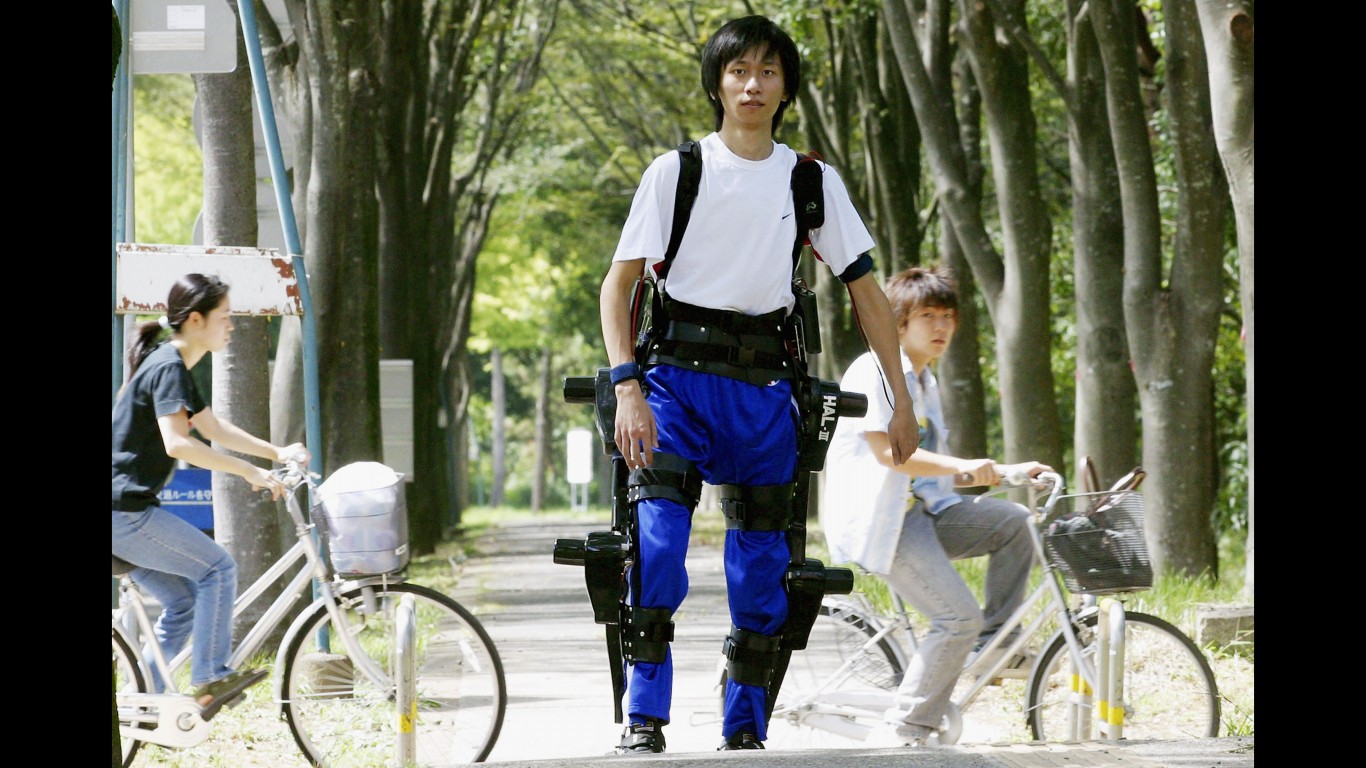
38. HAL
> Year: 2012
> Made by: Cyberdyne
HAL stands for hybrid assistive limb and is a powered exoskeleton that helps people do daily tasks, particularly those who are recovering from injury. HAL operates through two control systems — one to control the brain and nervous system and the other tied to artificial intelligence algorithms. HAL stands just over 4 feet tall and weighs 26.5 pounds.
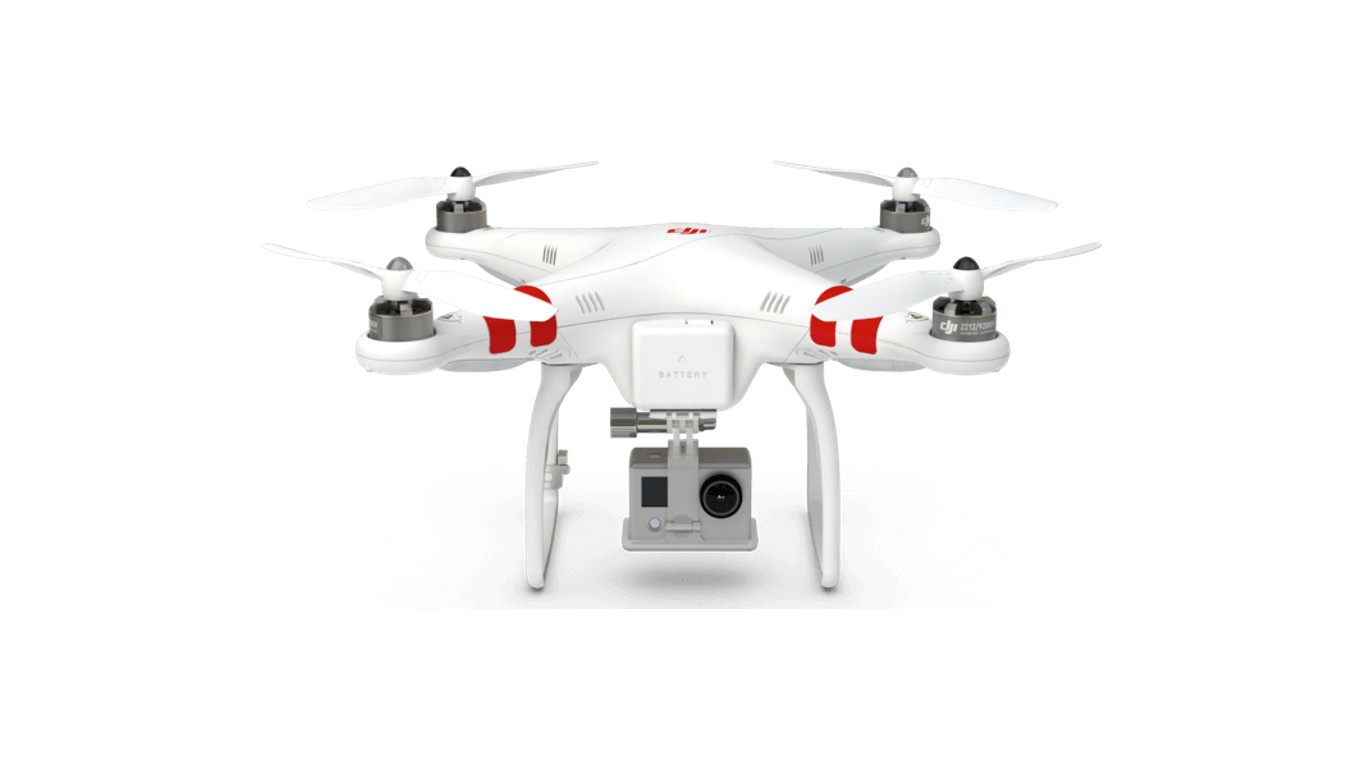
39. Phantom
> Year: 2013
> Made by: DJI
The Phantom was Chinese drone maker DJI’s first consumer drone product when it debuted in 2013. It was outfitted with an internal GPS system and could only fly for 10 minutes. It did not have a camera.
[in-text-ad-2]
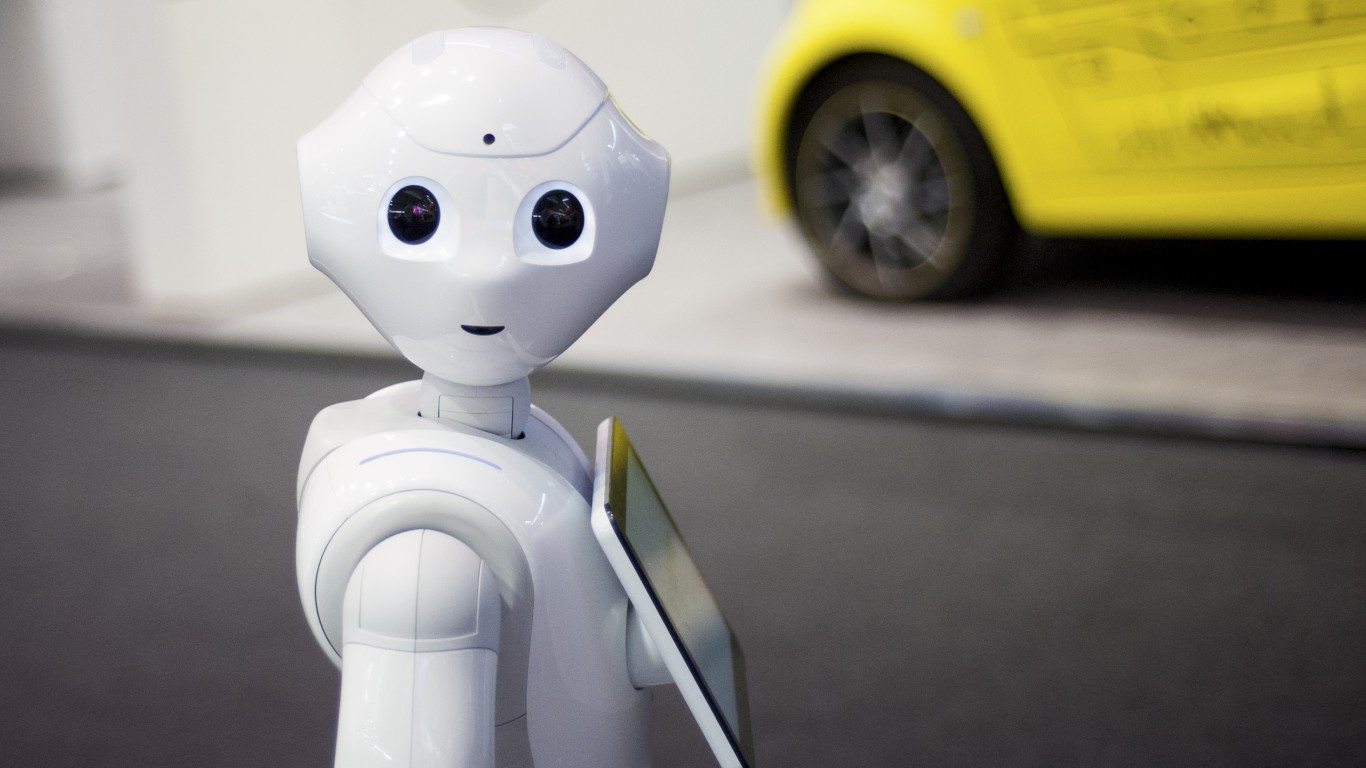
40. Pepper
> Year: 2014
> Made by: SoftBank
Pepper was the result of a joint development effort of Softbank Mobile Corp. and Aldebaran Robotics SAS and touted as the “world’s first personal robot that can read emotions.” Pepper is considered to be a business robot, offering recommendations for products at stores.
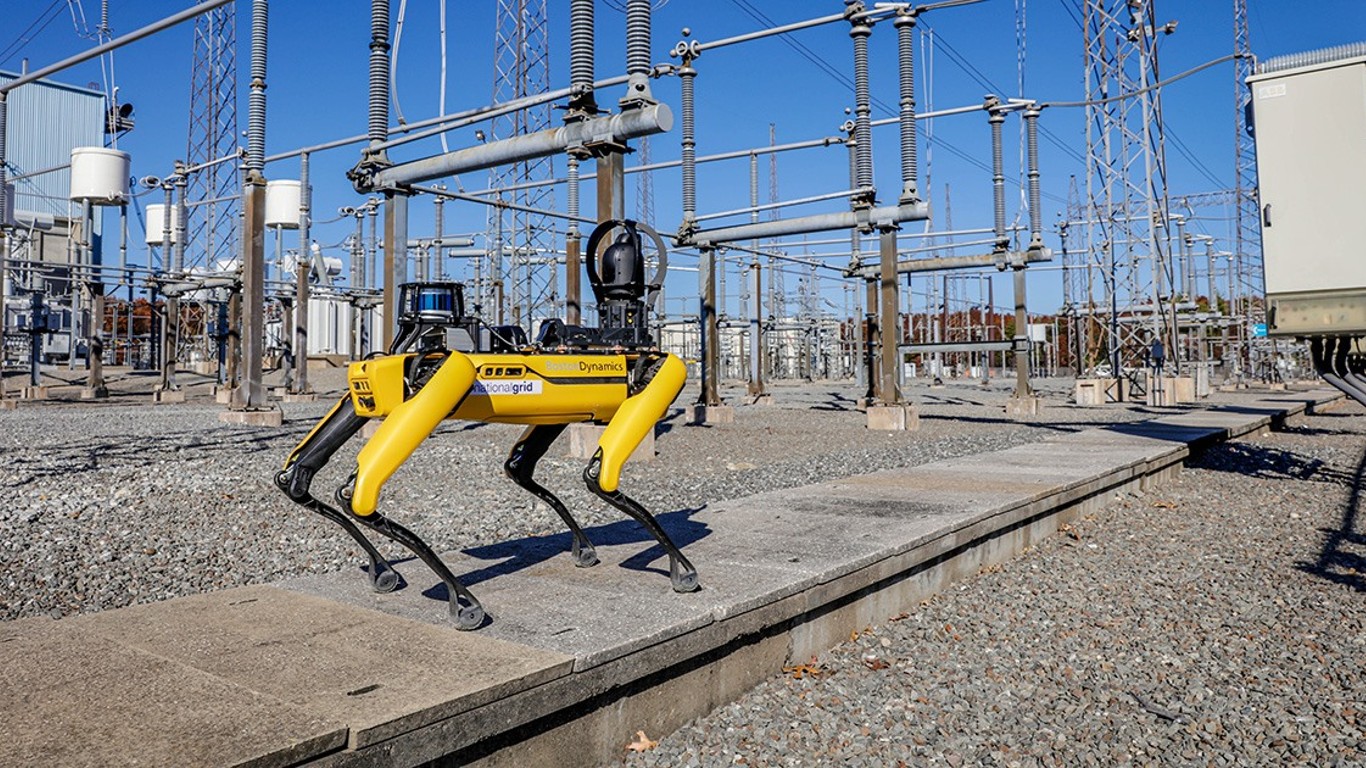
41. Spot
> Year: 2016
> Made by: Boston Dynamics
Not quite a butler, but the electrically powered, 55-pound robot Spot can do many tasks around the house, without crashing into furniture. Spot walks like a dog, and its collapsible legs enable it to tuck in under a table. Spot can pick up glasses and dishes and store them in a dishwasher.
[in-text-ad]
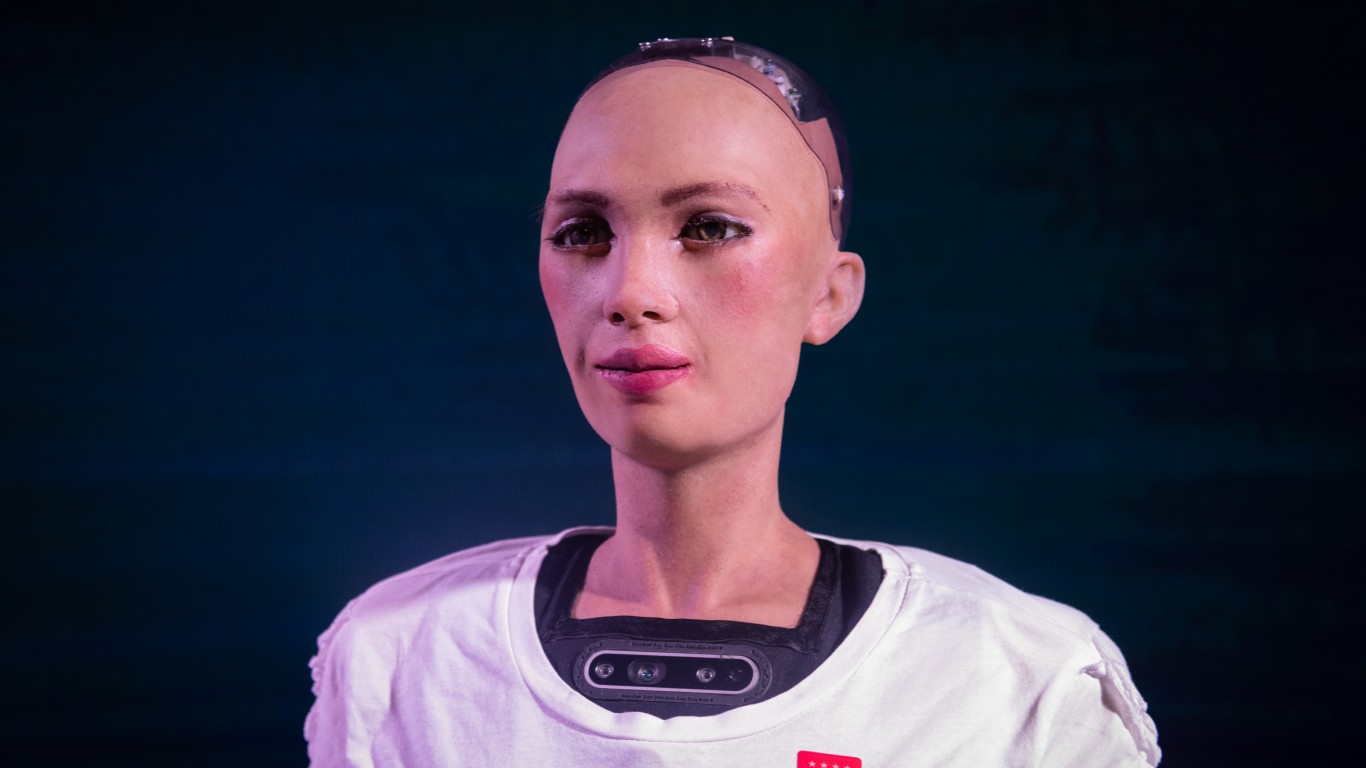
42. Sophia
> Year: 2016
> Made by: Hanson Robotics
Sophia is a remarkably lifelike robot touted by makers Hanson Robotic as “a unique combination of science, engineering, and artistry.” Sophia interacted with talk-show host Jimmy Fallon and appeared at the United Nations. The robot is described by company founder David Hanson as a “social robot,” whose artificial intelligence software processes visual data that enables it to see. Sophia also has become a citizen of Saudi Arabia.
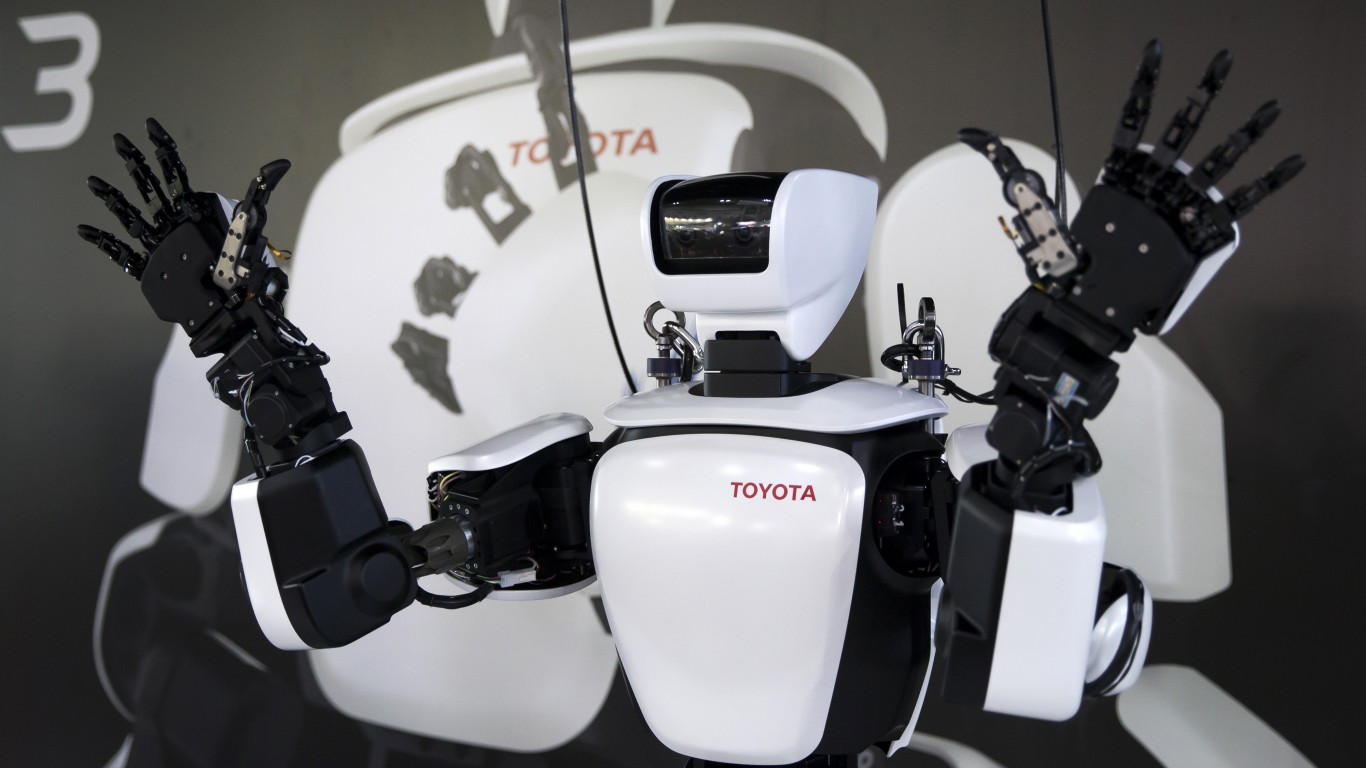
43. T-HR3
> Year: 2017
> Made by: Toyota
T-HR3 was introduced by Toyota in 2017 and is a humanoid robot that replicates movements of its human operator. It was updated for the recent Tokyo Olympics, and its ability to walk was improved.

44. Jia Jia
> Year: 2017
> Made by: University of Science and Technology of China
Also known as the Robot Goddess of China, Jia Jia is a humanoid robot that reacts and responds to different human emotions. Jia Jia’s speech-generation algorithms permit the robot to have conversations with different people. And apparently Jia Jia is vain, asking photographers not to take unflattering pictures of it.
[in-text-ad-2]

45. Walker
> Year: 2018
> Made by: Ubtech Robotics
Walker is a biped robotic butler. Walker can climb stairs, hand you an umbrella, entertain children, and assist with video calls.
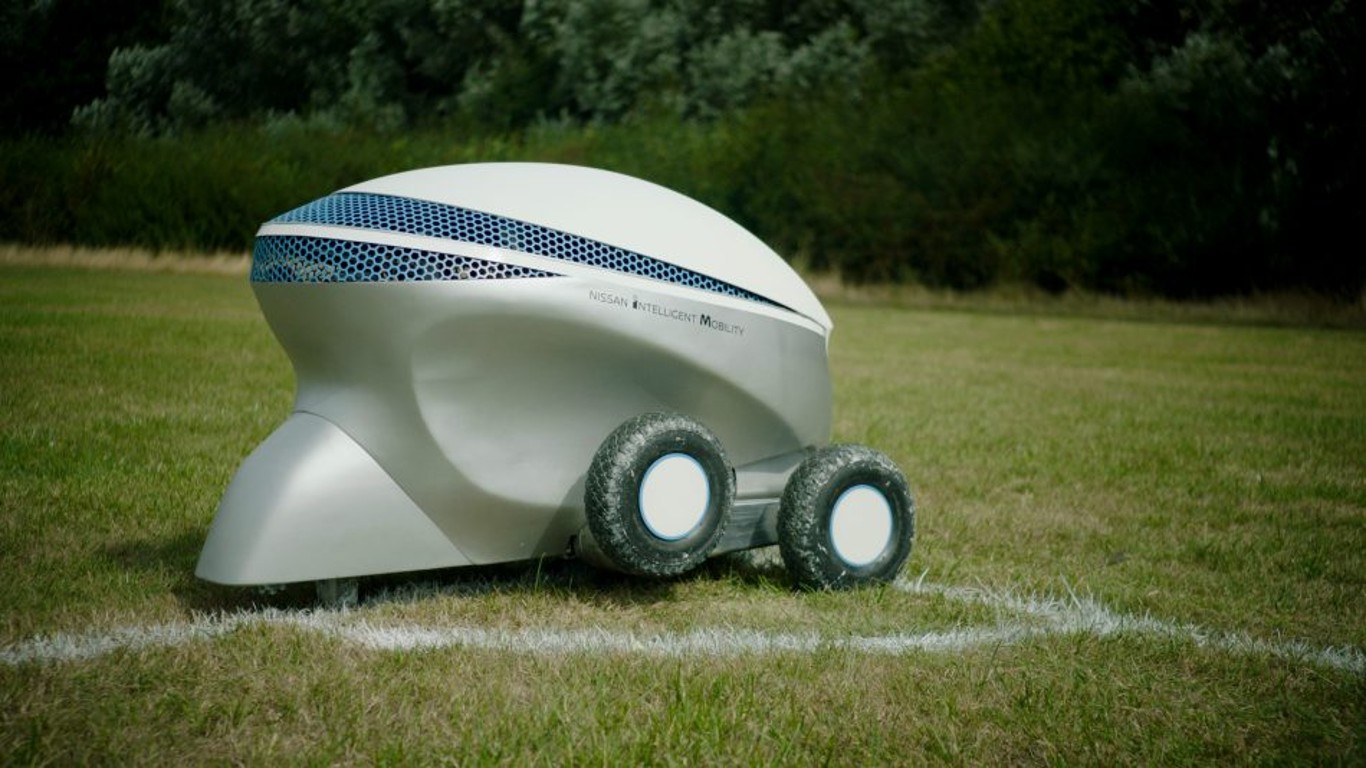
46. Pitch-R
> Year: 2018
> Made by: Nissan
This robot can paint lines on a soccer pitch using Nissan ProPilot technology, GPS tracking system, and four cameras. Lines can be painted on grass, tarmac, or gravel and are environmentally friendly, meaning they will fade away over time.
[in-text-ad]
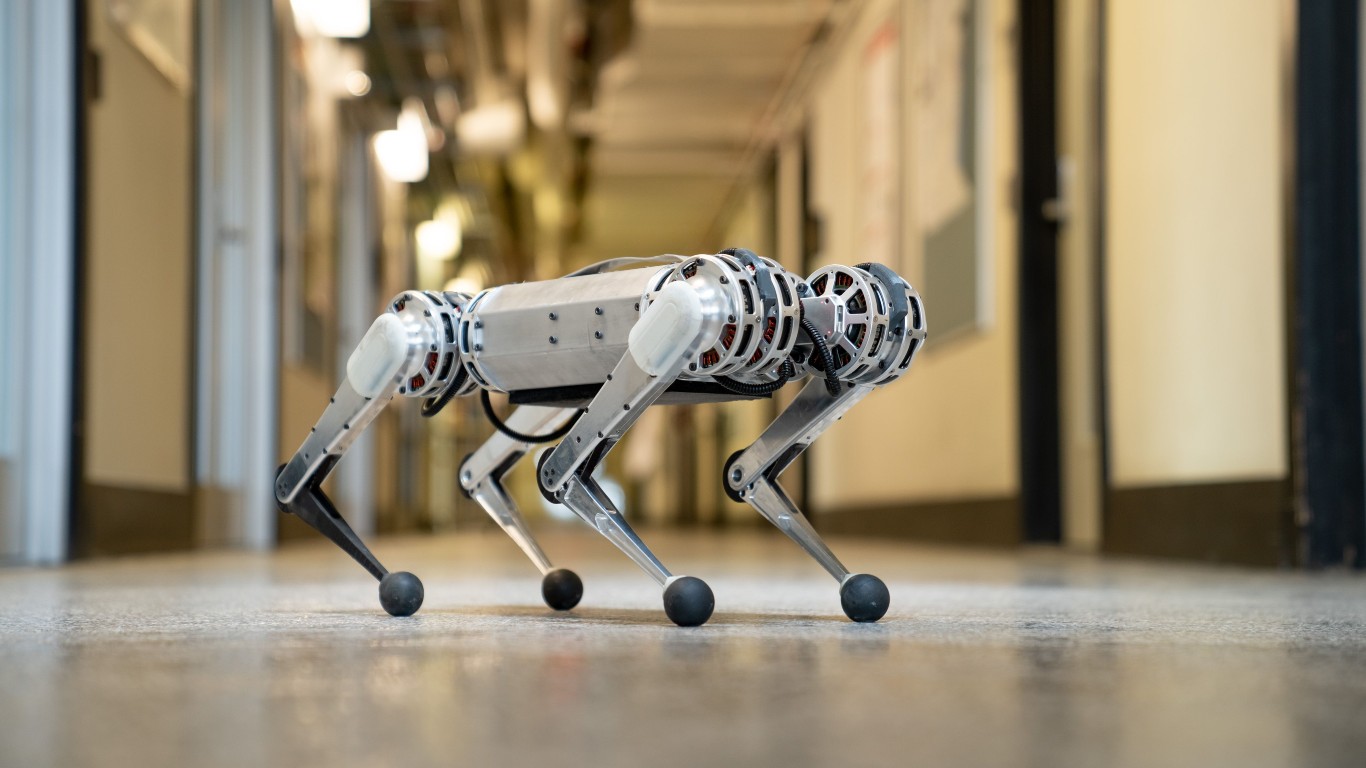
47. Mini Cheetah
> Year: 2019
> Made by: MIT
Developed at MIT, the quadruped robot can traverse terrain without having to map it in advance. The control system is split into two — one that processes real-time input from a video camera attached to the front of the robot and another system that translates the data into instructions for how the robot should move its body.
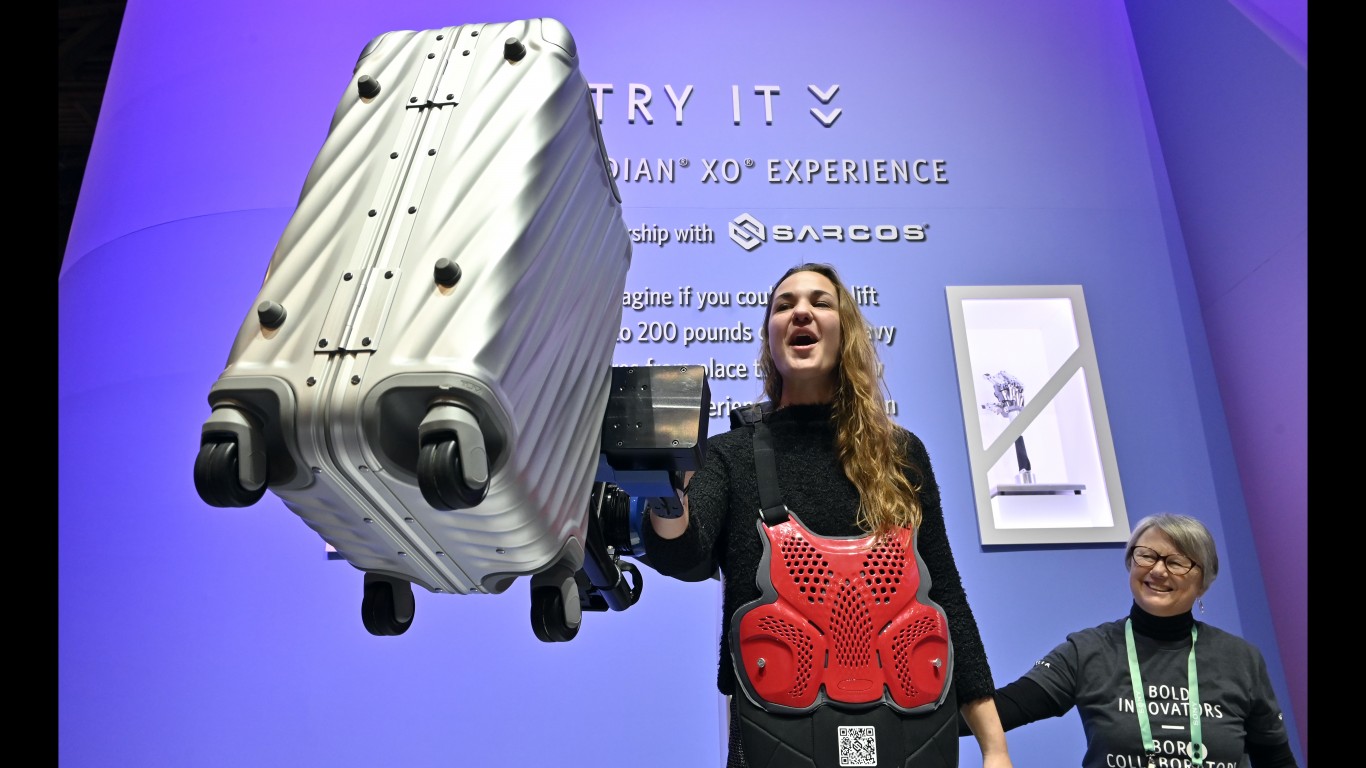
48. Guardian XO
> Year: 2020
> Made by: Sarcos
Sarcos, the makers of Guardian XO, a full-body exoskeleton, tout it as the first battery-powered industrial robot, fusing human intelligence with machine precision. The exoskeleton is billed as a transformative way to do work by boosting the strength of its operator while reducing injuries on the job.
49. Perseverance
> Year: 2020
> Made by: NASA
NASA’s Perseverance rover was launched on July 30, 2020, and sent to Mars to look for signs of life on the red planet and collect samples of rocks and broken soil. The rover is 10 feet long, 9 feet wide, 7 feet tall and weighs 2,260 pounds.
[in-text-ad-2]
50. Xenobots
> Year: 2021
> Made by: Tufts University and the University of Vermont
Xenobots are small biological machines, or living robots, created from frog cells by biologists and computer scientists from Tufts University and University of Vermont. The life forms do not need muscles to move around and are able to work together and heal themselves if they are injured.
The thought of burdening your family with a financial disaster is most Americans’ nightmare. However, recent studies show that over 100 million Americans still don’t have proper life insurance in the event they pass away.
Life insurance can bring peace of mind – ensuring your loved ones are safeguarded against unforeseen expenses and debts. With premiums often lower than expected and a variety of plans tailored to different life stages and health conditions, securing a policy is more accessible than ever.
A quick, no-obligation quote can provide valuable insight into what’s available and what might best suit your family’s needs. Life insurance is a simple step you can take today to help secure peace of mind for your loved ones tomorrow.
Click here to learn how to get a quote in just a few minutes.
Thank you for reading! Have some feedback for us?
Contact the 24/7 Wall St. editorial team.